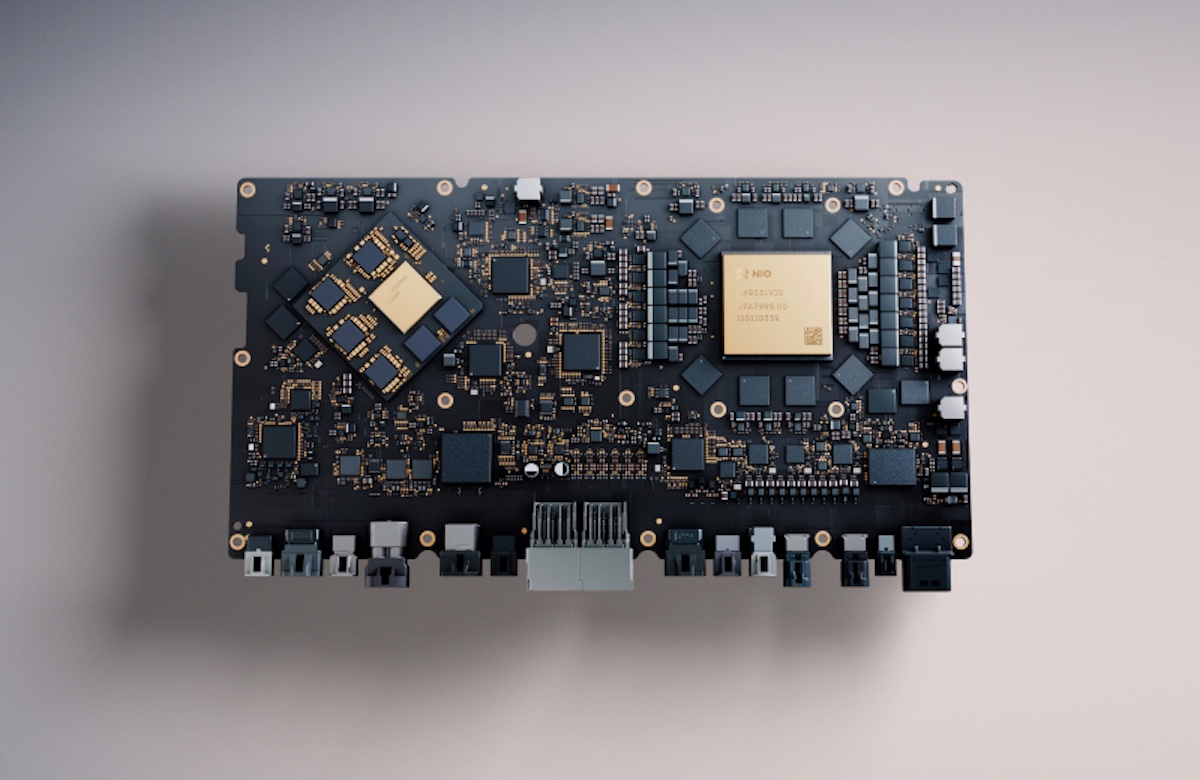A key driver behind this transformation is the policy direction set by China’s Ministry of Industry and Information Technology (MIIT). The ministry has not only been regularly requiring automakers to self-assess their use of domestically made chips but has also set an ambitious target for full localization by 2027—well ahead of previous projections. Although this goal is not legally binding, it has become a significant benchmark for evaluating how well companies align with national strategic objectives.

On a practical level, automakers like Geely and GAC Group have already established close partnerships with domestic foundries such as Semiconductor Manufacturing International Corporation (SMIC) and CanSemi Technology to support the verification and deployment of local chips within the automotive sector. Additionally, several automakers have stated that they would prioritize domestic chips whenever viable, reflecting strong industry support for government policy.

Nonetheless, technical hurdles remain a major challenge. Currently, Chinese automakers still heavily rely on U.S. suppliers for high-end chips—such as Nvidia’s AI processors and Qualcomm’s smart cockpit solutions—particularly in autonomous driving and intelligent systems. If technology tensions between China and the U.S. continue to escalate, Chinese automakers may face critical supply disruptions.

To mitigate such risks, European chipmakers like STMicroelectronics, NXP, and Infineon are strengthening their partnerships with Chinese foundries to localize production. Infineon CEO Jochen Hanebeck has even stated that Chinese clients are requesting onshore supply chains within mainland China to reduce geopolitical exposure.

Notably, the chip qualification process in China’s automotive sector is undergoing structural changes. While traditional automotive-grade chips typically undergo rigorous testing lasting up to five years, some Chinese automakers are now adopting more flexible approaches—using consumer-grade chips for non-critical systems such as infotainment—shortening validation cycles to just six to nine months. While this strategy enhances production efficiency, it has also raised concerns regarding quality stability.
Efforts to localize the supply chain extend upstream to materials. Display manufacturers have reported that, in addition to replacing driver ICs with Chinese alternatives, customers are also requesting the localization of optical films—currently dominated by U.S. suppliers—indicating a comprehensive push to localize the supply chain from hardware components to materials.

From a technological standpoint, most automotive chips belong to the mature process category, including microcontrollers (MCUs), analog ICs, and sensors. These chips typically manage basic functions such as lighting, windows, climate control, and safety systems. With the rise of electric and smart vehicles, chip demand per vehicle continues to grow, expanding into areas such as computing, powertrain, imaging, displays, batteries, and energy management. Many of these applications can still be supported by mature semiconductor processes, giving China a pathway to achieve technical and cost advantages in chip production.
According to TechInsights analyst Brian Matas, China’s aggressive expansion in mature-node semiconductor technology is driving price pressure across certain chip categories. The analog and MCU segments, already experiencing slow growth in recent years, are now facing further margin compression due to intensified price competition from Chinese manufacturers. Nevertheless, China’s domestic IC output is expected to meet only about 17.5% of its total market demand by 2025—indicating that full self-sufficiency remains a distant goal.
Projections from SEMI (Semiconductor Equipment and Materials International) estimate that by 2027, China will account for roughly 40% of global mature-node chip production capacity—up from 31% in 2023—compared to just 5% for the U.S. While China may not yet be a leader in advanced chip technology, its growing dominance in automotive-grade chips is becoming increasingly evident, fueled by both policy support and domestic demand.
In sum, China’s pursuit of automotive chip self-sufficiency is entering an accelerated phase. Driven by government mandates, market imperatives, and global political uncertainties, this transformation is not only reshaping the technological strategies of domestic carmakers but also has the potential to redefine the global automotive electronics supply chain. Looking ahead, China is expected to continue pushing the boundaries in advanced application areas such as autonomous driving and smart cockpits, aiming for meaningful breakthroughs in chip independence.